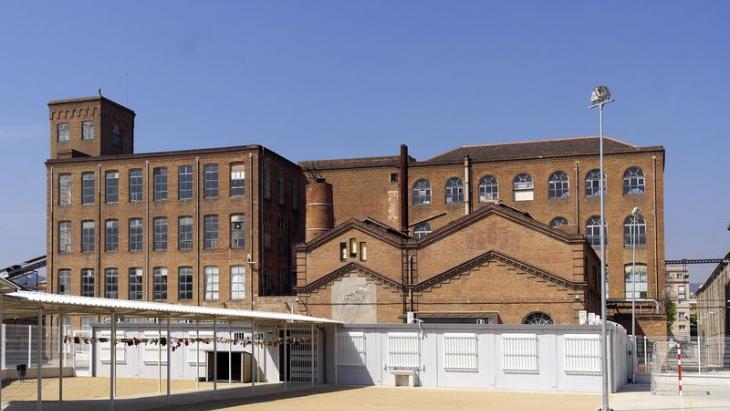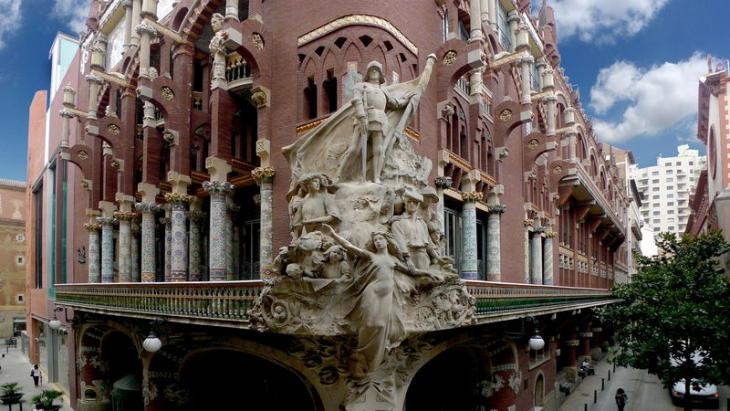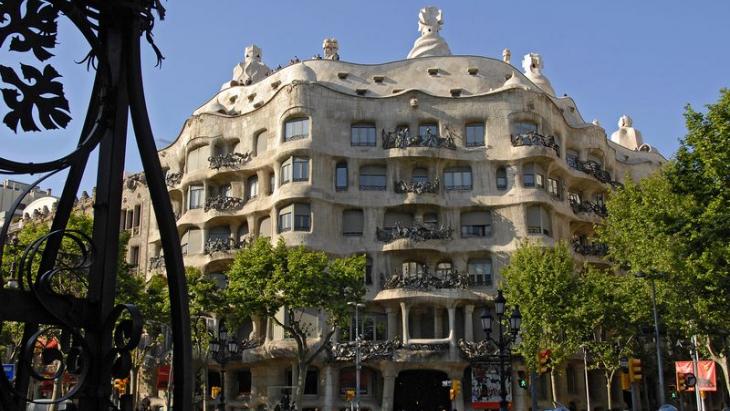Visit and love it
Barcelona with history

Discover the different chapters in Barcelona’s history which over time have shaped the city we know today.
A new model
The medieval Barcelona of merchants and craftsmen had established itself as a major maritime power. But when the Crown of Aragon became part of the new Spanish monarchy, and the conquest of America pushed trade towards the Atlantic, the city's maritime activity was weakened. The monarchy moved to Castile, while Barcelona remained in the hands of a viceroy.
Tensions with the central power were common throughout the 16th and 17th centuries and, as a result of the war Philip lV was waging against France, which imposed a big economic burden on the counties in the Principality of Catalonia, in 1640 the Catalan people revolted. It took place on the Feast of Corpus Christi and has gone down in history as Bloody Corpus, the day that marked the start of the Guerra dels Segadors (the Reaper's War). This war lasted 11 long years, during which Barcelona was put under siege for 14 months, a siege that proved decisive in bringing an end to the conflict. As a result of that war, France and Spain signed the Treaty of the Pyrenees in 1659, which saw the counties in the north of the Principality – Rosselló (Roussillon), Conflent and part of Cerdanya (Cergagne) – pass into French hands.
-
 Born Centre Cultural
Born Centre CulturalOne of Europe's biggest urban archaeological sites, covering 8,000 m2, preserves the part of the Ribera neighbourhood that was demolished following the defeat in the War of Succession.
-
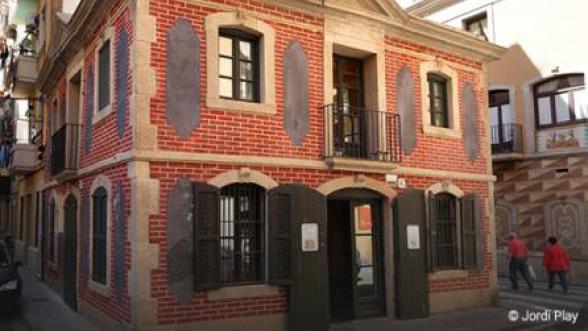 The Casa Barceloneta 1761
The Casa Barceloneta 1761In 1753, work started on building the baroque neighbourhood of Barceloneta, near the new port. CB-1761, a house from that time that has been restored and opened to the public, is an example of the original buildings.
-
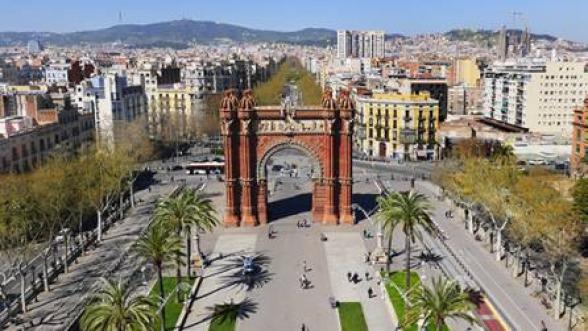 Universal Exposition of 1888
Universal Exposition of 1888The Universal Exposition held in Barcelona in 1888, took place at the new Parc de la Ciutadella, and the main entrance was through the Arc de Triomf.
-
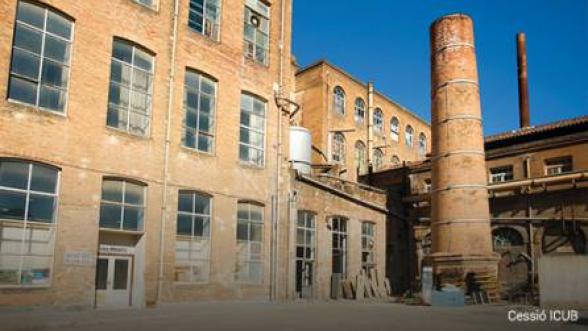 La Fabra i Coats
La Fabra i CoatsFabra i Coats, a factory dating from the 19th century, is the best place to discover the city's industrial model of that time. The factory site has now been restored and currently hosts a number of cultural and educational projects.
-
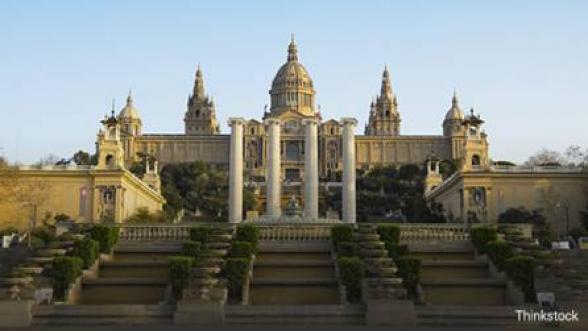 Museu Nacional d'Art de Catalunya
Museu Nacional d'Art de CatalunyaThe National Art Museum of Catalonia (MNAC) houses Renaissance, Baroque and Modern Art collections that allow visitors to discover the evolution of Catalan and European art.
-
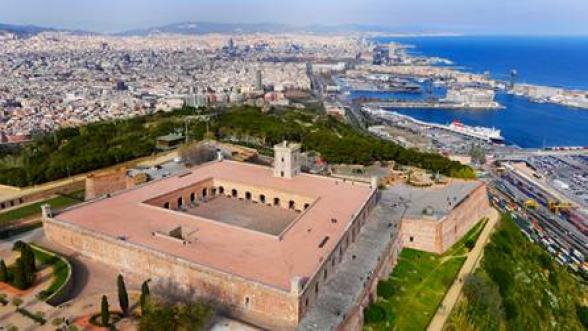 Castell de Montjuïc
Castell de MontjuïcMontjuïc Castle, an old military fortress, is today a municipal facility devoted to preserving the city's historical memory. It is surrounded by gardens and stands at the top of Montjuïc, making it an impressive viewpoint as well.
-
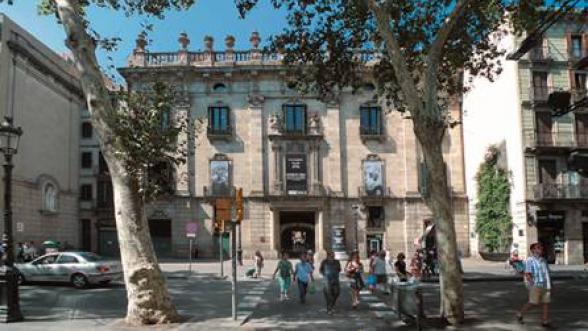 Palau de la Virreina
Palau de la VirreinaAt the end of the 18th century, the former viceroy of Peru returned to Barcelona and built the Vicereine's Palace, one of the city's outstanding examples of civil baroque. Today it houses the Centre de la Imatge.
-
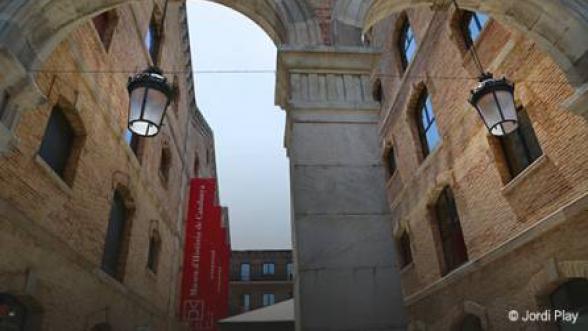 El Museu d’Història de Catalunya
El Museu d’Història de CatalunyaHoused in the Palau del Mar, the Museu d’Història de Catalunya (MHC - Museum of History of Catalonia) invites you to take a walk through the history of Catalan society from prehistoric times to the present day, to get a better understanding of Barcelona's history as the capital of a historic nation.



